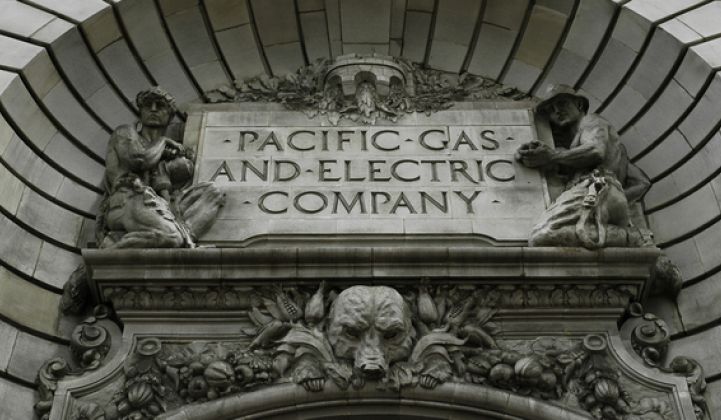For years we’ve likened the energy sector to the computing world, holding up Moore’s law as a guiding example proving that renewables will achieve grid parity.
Today, as panel costs have dropped 90 percent and adoption is at an all-time high, the analogy between the two seems even more fitting. Just like the massive mainframe disruption spawned by personal computing, distributed generation has already begun to challenge the centralized solar model favored by utilities, with no end in sight.
At an industry level, the evidence of a new distributed era is all around us. Fuel cells like Bloom Energy’s are enabling the C&I transformation to self-made energy. Combined natural gas power plants are on the rise, and microgrids are popping up in states across the nation.
The change may feel sudden, but for most of us, it’s been a long time coming. 2009 marked the beginning of utility-scale’s heyday. Investors interested in deploying capital looked at smaller 1-megawatt to 3-megawatt projects and realized that utility-scale solar had the same diligence cost. Investors promptly abandoned the C&I segment in favor of big projects. Though a good decision at the time, the situation has changed. The number of utility projects have dwindled and the shift from the centralized utility model has taken root and is forcing utilities -- for the first time in their existence -- to figure out how to compete.
There’s no doubt now that utilities will ultimately have to change their business models. In a recent discussion with a well-known utility, top executives admitted that not only had solar utility segment plateaued, but that “utility is dead.” It sounded dramatic, but the sentiment has been the topic of discussion for the last twelve months, both in the media and in more hushed tones in closed meetings. So, how will utilities adapt?
A handful of the most progressive utilities -- Sempra, Duke, PGE, SMUD, Integrys -- are already embracing the change and finding ways to make a profit from generating their own electricity through their unregulated subsidiaries. No longer mandated passive players, solar gives them chance to compete. Those utilities, unfortunately, are the anomaly. The majority of utilities we’ve spoken with seem to be in denial, akin to deer caught in the headlights.
While distributed solar generation brings lucrative benefits, adapting to new business models is only the first step. The big solar business process templates of old relied on large teams with unlimited resources, budgets -- and status-quo business processes. Now, with the shift to small to mid-sized projects, the high cost of diligence and lack of standardization is quite literally killing projects.
Recognizing the shift from utility to DG, we now see companies like NextEra acquiring Smart Energies to penetrate the segment. A smart first step, but acquisition alone does not solve the cost of diligence, project acquisition and financing. New business models require different templates.
The good news is that new templates not only exist, but they’re also gaining incredible adoption rates. Take a look at what’s happened with distributed residential projects.
Once in the shadow of big centralized projects, investors have recognized the potential of these projects and how to package and pool them to meet the $150 million to $250 million minimum of the banks. New templates, created by Clean Power Finance, SolarCity and Sunrun centered around FICO scores, were the lynchpin. Now, new financial products from Morgan Stanley and Mainstreet Power are addressing the next rung of lower credit in residential. Platforms with innovative business processes to lower diligence and acquisition cost for C&I are not far behind to facilitate the DG segment as the next big frontier in solar.
***
Haresh Patel is the CEO of Mercatus and has held senior roles at Agilent, Texas Instruments and PMC Sierra.



